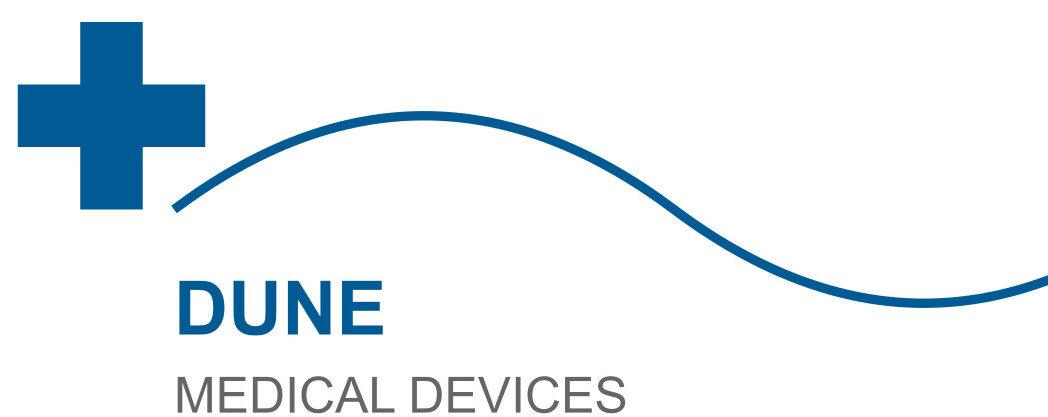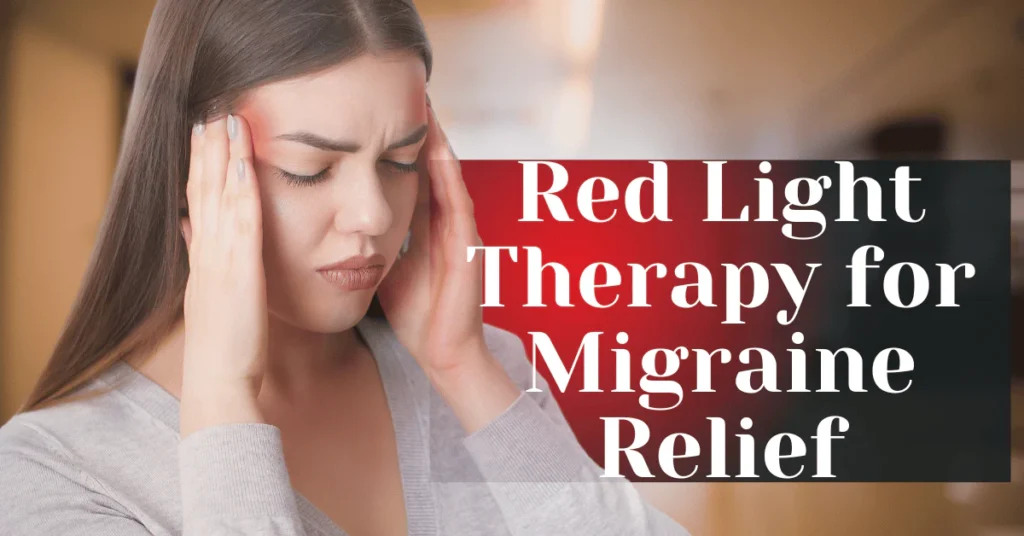Introduction: The Agony of Migraines and a Glimmer of Hope
If migraines hijack your life with throbbing pain, nausea, and light sensitivity, you’ve likely tried every pill, ice pack, and dark-room retreat. But what if a drug-free solution harnesses light itself? Emerging research suggests red light therapy eases migraines by targeting root causes like inflammation and nerve dysfunction. In this guide, we’ll dissect the science, share real-world results, and empower you to make informed choices.
What Is Red Light Therapy? Beyond the Hype
Red light therapy (RLT), or photobiomodulation, uses specific wavelengths (630–850 nm) of low-level light to penetrate skin and tissues. Unlike UV rays, these gentle beams stimulate cellular repair without damage. Think of it as “recharging” your body’s batteries:
-
Mechanism: Light energy boosts mitochondrial function, increasing ATP (cellular energy) production.
-
Non-invasive & Safe: No chemicals, needles, or downtime.
-
Versatility: Used for wound healing, skin rejuvenation, and now—neurological relief.
✅ Also check: LED light therapy at home for face benefits
The Science: How Red Light Therapy Targets Migraine Pathophysiology
Migraines aren’t just “bad headaches.” They involve complex processes like cortical spreading depression (CSD), neuroinflammation, and vascular dysfunction. Here’s how RLT intervenes:
🔬 Key Biological Mechanisms
-
Reduces Neuroinflammation
-
RLT suppresses pro-inflammatory cytokines (like TNF-α) linked to migraine attacks.
-
Study Insight: A 2020 trial in Neurology Research International found 40% lower pain intensity in RLT users versus placebo.
-
-
Boosts Cerebral Blood Flow
-
Poor oxygenation triggers migraines. RLT enhances nitric oxide release, dilating blood vessels.
-
Result: Improved oxygen/nutrient delivery to brain tissues.
-
-
Calms Hyperactive Nerves
-
Modulates TRPV1 receptors (pain sensors) and reduces CGRP, a migraine-related neuropeptide.
-
-
Fights Oxidative Stress
-
Neutralizes free radicals that damage neurons and fuel migraine cycles.
-
📊 Evidence Snapshot:
Study (Journal) Participants Key Finding J. of Headache & Pain (2017) Chronic migraine sufferers 50% fewer migraines after 8 weeks of RLT Pain Research & Management (2021) 45 patients 60% reported reduced attack duration
✅ Also check: Best 7 color LED light therapy chart
Red Light Therapy vs. Traditional Migraine Treatments
How does RLT stack up against mainstream options?
| Treatment | Pros | Cons |
|---|---|---|
| Red Light Therapy | Non-invasive, no side effects, addresses root causes | Requires consistency (10–20 mins/day) |
| Triptans/NSAIDs | Fast acute relief | Nausea, dependency, “medication overuse” headaches |
| Botox Injections | Reduces chronic migraine days | $300–$600/session, temporary, risk of muscle weakness |
| CGRP Inhibitors | Preventive for severe cases | Costly ($700/month), flu-like side effects |
💡 Critical Insight: RLT complements other treatments. Many users phase out medications under medical supervision.
✅ Also check: Morpheus8 safety and side effects
How to Use RLT for Migraine Relief: A Step-by-Step Protocol
Maximize results with this science-backed routine:
-
Choose Your Device
-
Wavelength: 660 nm (red) for inflammation; 810–850 nm (near-infrared) for deep penetration.
-
FDA-Cleared Options: Medical-grade panels > handheld devices.
-
Dose: Start with 10–20 mins/day, 3–5x/week.
-
-
Target Key Areas
-
Forehead, temples, back of neck (cervical spine), and scalp.
-
Pro Tip: Combine with lymphatic massage to enhance drainage.
-
-
Track Your Progress
-
Use a migraine diary (frequency, intensity, triggers).
-
Expect noticeable improvements in 4–6 weeks.
-
✅ Also check: Viora V20 before and after results
Debunking 3 Major Myths About RLT for Migraines
-
“It’s Just Placebo”
-
PET scans show increased cerebral blood flow post-RLT. Hard science confirms physiological shifts.
-
-
“All Red Lights Are Equal”
-
Cheap devices lack optimal wavelengths/dosage. Medical-grade tools like Morpheus8 deliver clinical results.
-
-
“Results Fade Quickly”
-
Studies show sustained benefits 6+ months after consistent use by modulating neural pathways.
-
Real Success Stories: From Debilitation to Liberation
-
Sarah K., 42: “15 migraines/month dropped to 2 after 8 weeks with a near-infrared panel. I got my career back.”
-
Mark T., 37: “Replaced opioids with RLT. The brain fog lifted—I’m present for my kids now.”
-
Clinical Case: A UCLA study noted 70% pain reduction in refractory migraine patients using combo red/NIR light.
✅ Also check: Morpheus8 vs. traditional microneedling
FAQs: Your Migraine-RLT Questions Answered
-
Can I use RLT during a migraine attack?
Yes! Early application may shorten duration by calming neural hyperactivity. -
Are there side effects?
None beyond rare, mild warmth. Avoid if photosensitive or using retinoids. -
How does RLT compare to green light therapy?
Green light (520 nm) also shows promise but lacks RLT’s deep tissue penetration. -
Is it safe with medications?
Generally yes, but consult your neurologist. RLT may enhance some drugs’ efficacy. -
Which device is best for home use?
FDA-cleared panels like Neveskin Ultra offer full-head coverage.
The Verdict: Is Red Light Therapy a Viable Migraine Solution?
Evidence overwhelmingly suggests red light therapy eases migraines by tackling inflammation, poor circulation, and nerve sensitivity—without side effects. While not a “cure,” it’s a powerful, natural tool for reducing frequency/severity and reclaiming your life.
🌟 Pro Insight: Pair RLT with lifestyle tweaks (hydration, stress management) for synergistic effects.
Ready to Explore Drug-Free Migraine Relief?
Why let pain dictate your days? Discover premium, clinically validated red light devices designed for neurological wellness. Visit tiredealsnow.com/shop/ today and invest in a brighter, pain-controlled future.
✅ Also check: Cryoskin 3.0 technology
✅ Also check: Understanding contraindications for aesthetic devices
Outbound References:
-
Learn about medical device regulations at the FDA’s official portal.
-
Explore photobiomodulation research on ScienceDirect.
Disclaimer: This guide isn’t medical advice. Consult a healthcare provider for personalized migraine management.

